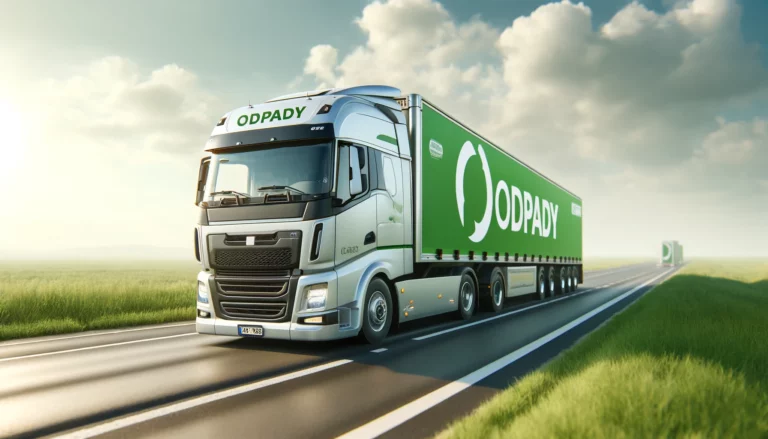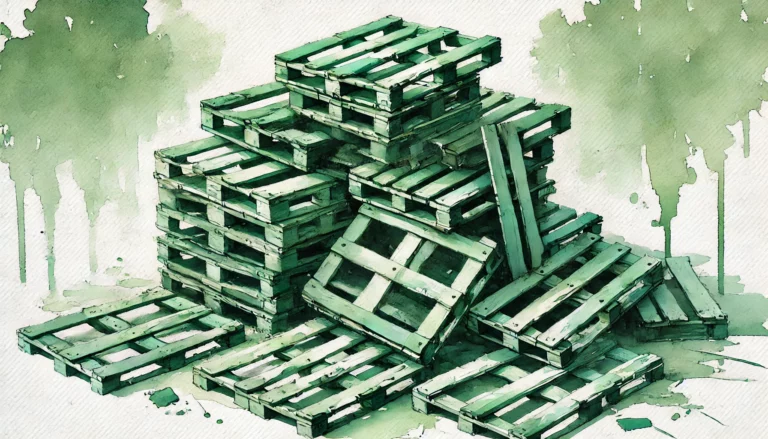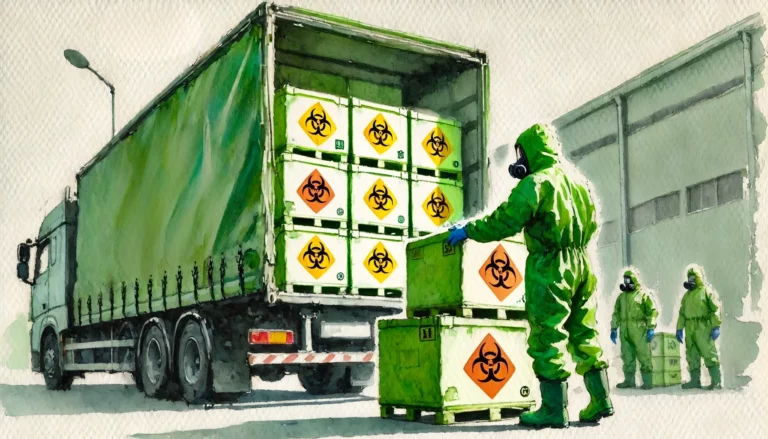How is waste management in Europe changing through e-commerce?

Online commerce has grown tremendously in recent times and has become extremely convenient. Unfortunately, this has its environmental consequences, especially in terms of the increase in packaging waste. What is the management of the waste produced by this industry? What challenges does it face?
The development of e-commerce in Europe has significantly changed the way consumers shop. The e-commerce market has experienced significant growth in popularity over the past few years. According to Ecommerce Europe report in 2021 will reach a value of more than EUR 718 billion. Online trading has become extremely convenient. Unfortunately, this has its environmental consequences, especially in terms of the increase in packaging waste.
The packaging used in e-commerce - cardboard boxes, bubble wrap and plastic bags - generates a huge amount of waste that needs to be disposed of or recycled. With the increasing number of shipments, this problem is becoming more acute.
Waste management in e-commerce - statistics
In accordance with Eurostat data, Europeans produced 79.3 million tonnes of packaging waste in 2020. This represented an increase of 4% compared to the previous year. Significantly, much of this waste comes from the growing e-commerce sector. It generates a huge amount of single-use packaging, often made from materials that are difficult to recycle.
Research shows that more than 30% of packaging waste in Europe can be linked to e-commerce, a significant contribution to overall waste production. The problem is particularly evident in large cities such as London, Paris and Berlin. There, the waste management infrastructure is under pressure from the increasing number of packages delivered to homes.
Types of waste generated by e-commerce
Four main types of packaging waste predominate in e-commerce:
- Cardboard: One of the most commonly used packaging materials, especially in e-commerce. Although it is an easily recyclable material, its overuse and mismanagement contribute to an increase in waste.
- Bubble wrap and plastic: Plastic packaging, including bubble wrap, is a more difficult material to recycle and is commonly used to protect fragile goods. Plastics Europe reports that more than 29 million will be produced in Europe in 2020 tonnes of this type of waste. A significant proportion of this was packaging waste.
- Styrofoam: It is commonly used to protect electronics and large equipment. It is difficult to recycle and takes hundreds of years to decompose, making it a major environmental concern. Technavio's latest report indicates that the projected consumption of polystyrene foam will reach more than 2 million tonnes this year, and by 2029 this figure could reach almost 3 million tonnes.
- Plastic bags and protective films: They are widely used in e-commerce, but their reuse is limited. Many companies use these materials, which contributes to environmental pollution. In 2021, plastic packaging accounted for approximately 36% of total plastic consumption in the packaging sector. This makes them the dominant material in this industry. E-commerce is further driving this trend due to the higher volume of shipments compared to traditional retail shopping, where goods are usually transported in large quantities in bulk packaging
Waste management and excessive packaging
Overuse of packaging is one of the main problems in e-commerce. From DS Smith's report entitled 'The Internet. "Reach zero waste & maximum gain" shows that more than 80% consumers in Europe believe that products ordered online are packaged in too much packaging (or too much packaging). Thus, they generate unnecessary waste. The problem of over-packaging affects not only luxury products, but also everyday purchases such as electronics, clothing or cosmetics.
Companies use large cardboard boxes, filled with additional protective film, which leads to a waste of raw materials and an increase in logistics costs. The report cites a study of the Polish e-commerce market. It shows that almost 100,000 tonnes of unnecessary cardboard packaging are generated annually in our country. By comparison, the figures in the Czech Republic and Romania barely exceed 20,000 tonnes.
Packaging waste management in legislation
The European Union has been introducing regulations to reduce packaging waste for years. A key piece of legislation is Directive 94/62/EC on packaging and packaging waste. It obliges member states to reduce waste and promote recycling.
It is also important to Directive on single-use plastics (SUP) introduced in 2021. It aims to phase out single-use plastic products and reduce the amount of waste created from them.

Waste management in the hands of consumers
The role of consumers in reducing waste generated by e-commerce is becoming increasingly crucial in the context of waste management. Consumers, by making informed purchasing decisions, can significantly influence the reduction of packaging waste. Choosing companies that use sustainable packaging, preferring environmentally packaged products or avoiding excessive packaging are simple steps that every customer can take. More and more people declare that caring for the environment is an important factor for them when choosing retailers. This shows that consumers can have a real impact on the way companies approach packaging design.
Reducing packaging waste leads to less strain on recycling systems and landfills. In the countries of the European Union, recycling of plastic packaging totals 22.5%, a relatively low rate compared to other materials such as glass or paper. Consumers, through informed decisions and active participation in recycling programmes, can contribute to increasing this rate, thus supporting sustainable waste management and reducing the negative environmental impact of e-commerce.
Summary
In summary, the development of e-commerce in Europe brings both benefits and challenges, especially in the context of waste management. E-commerce has significantly increased the convenience of shopping. At the same time, however, it has become a significant source of packaging waste. Especially in the form of cardboard boxes, plastic bags, protective films and polystyrene foam. Over-packaging, inefficient use of materials and difficulties in recycling them are problems that Europe needs to address in order to minimise the negative environmental impact of this sector.
Both companies and we, the consumers, play an important role in this process. E-commerce companies must shift to sustainable packaging, reduce over-packaging and use innovative, greener solutions. In turn, we, through our purchasing decisions, can force companies to be more environmentally responsible. Let's choose products packaged in recyclable materials. We can also avoid over-packaged products and actively participate in recycling. These are key actions that can contribute to the sustainability of e-commerce. Only cooperation between all participants in this market - companies, consumers and legislators - can lead to real changes that reduce waste, thus supporting the closed loop economy.






